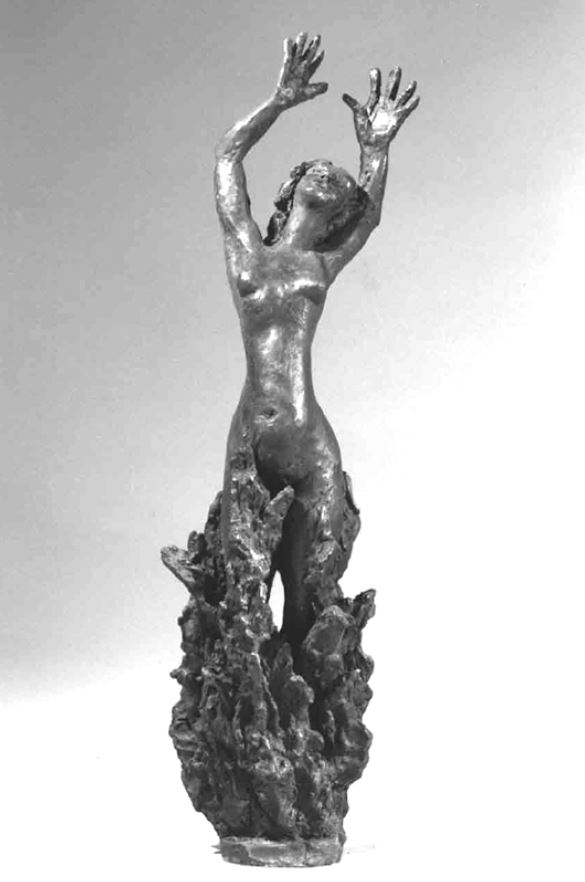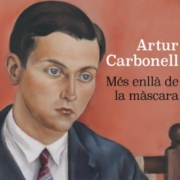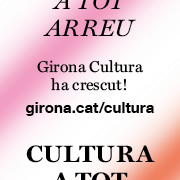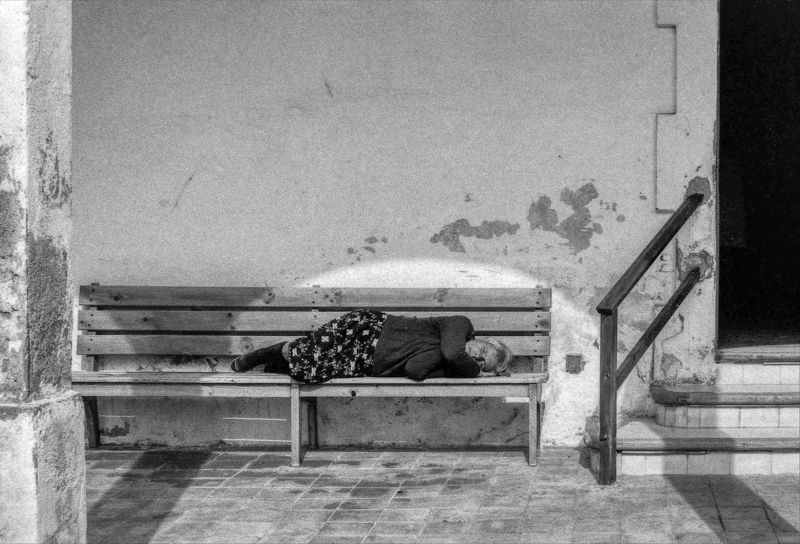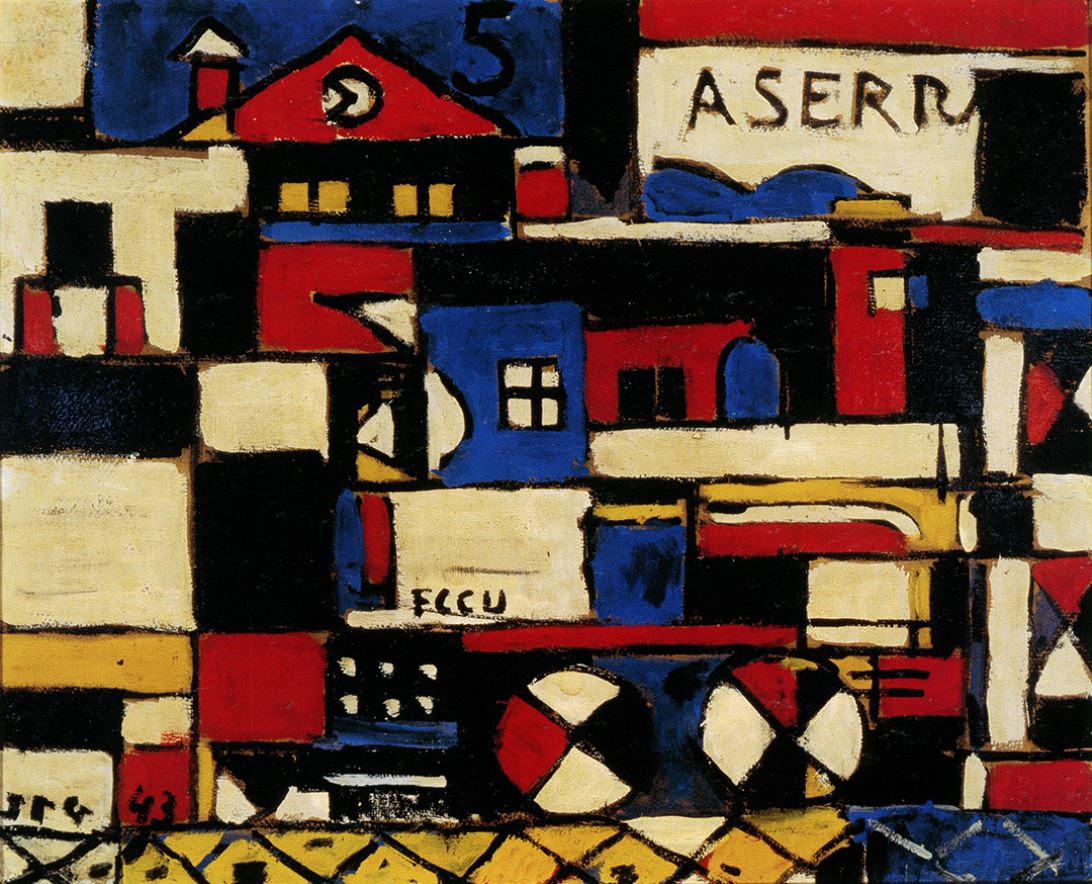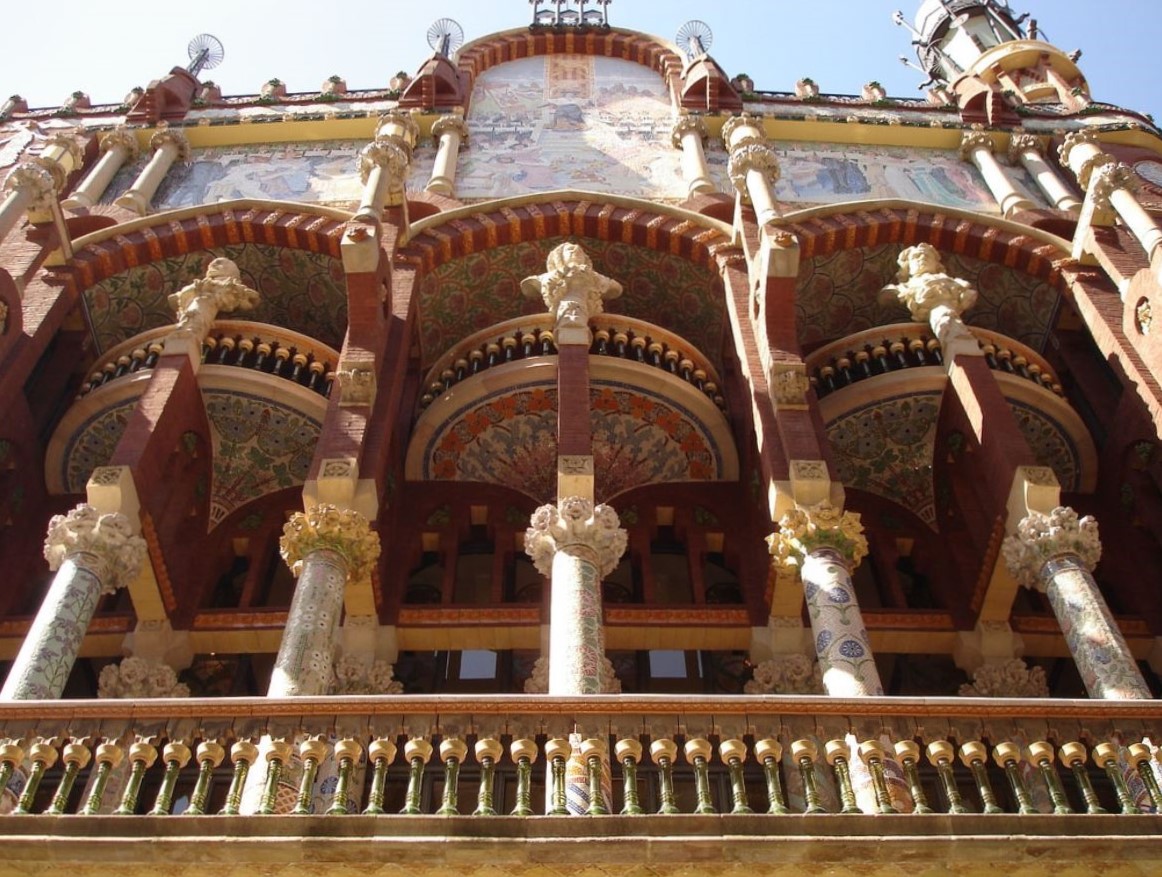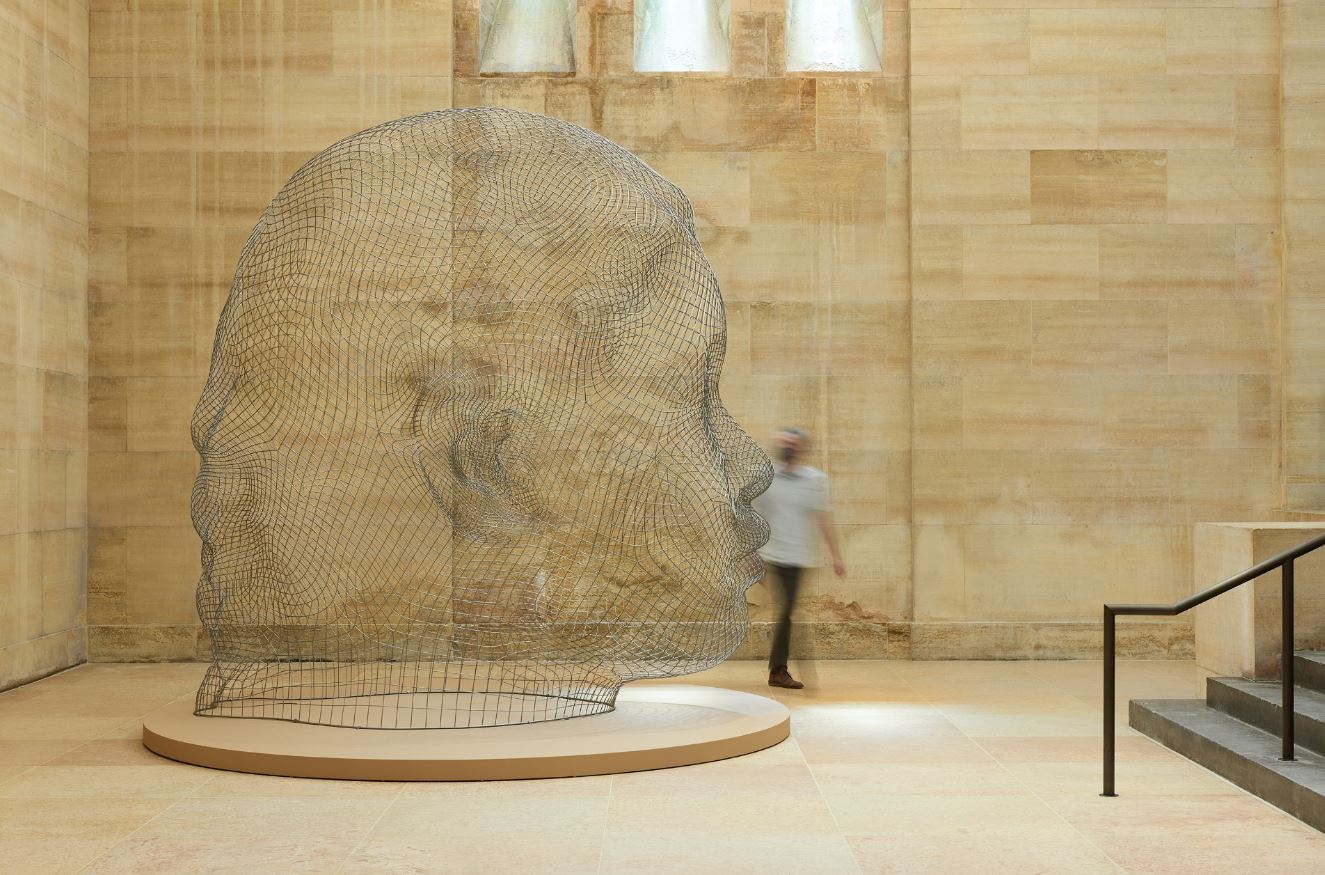Exhibitions
Last days to visit 'Atmosferes Futures' at the Apel·les Fenosa Museum
An exhibition that combines the work of Apel·les Fenosa with contemporary art proposals, creating a dialogue between the past and the future.
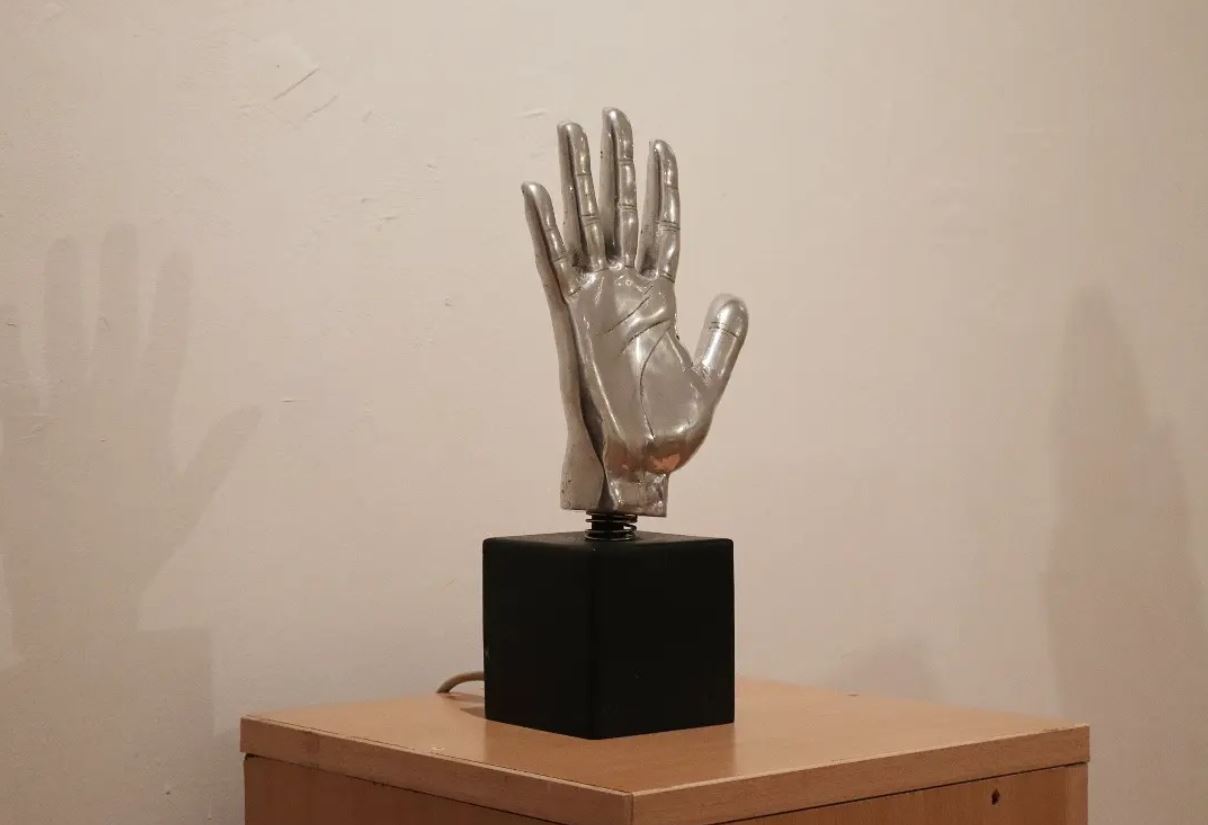
The Museu Apel·les Fenosa del Vendrell offers one last opportunity to visit the 'Atmosferes Futures' exhibition, which opened last April and will remain open until October 13. This initiative, curated by Nekane Aramburu, unites for the first time the artistic legacy of the sculptor Apel·les Fenosa with contemporary creations, establishing a new dialogue between his works and those of outstanding current artists. The exhibition offers an innovative proposal that reflects on the passage of time, combining dystopian visions of the future with intuitions about the past.
The exhibition is part of the celebration of the 125th anniversary of the birth of Fenosa (Barcelona, 1899 – Paris, 1988) and the 100th anniversary of his first major exhibition at the Galerie Pierre Mercier in Paris. Despite his training in classical and avant-garde currents, Fenosa developed a personal style far removed from the fashions of his time, focusing on values such as nature and a deep concern for the environment. His work, deeply influenced by the wars and crucial events of the 20th century, maintains a connection with contemporary concerns, which makes this exhibition particularly relevant in today's context.
The 'Atmosferes Futures' tour includes significant spaces of the museum, such as the garden and the porch of the Renaissance palace that houses the Fundació Apel·les Fenosa. Through Fenosa's works, connections are made with the proposals of several contemporary artists such as Fabiana Barreda, Anna Dot, Joaquín Jara, Eduardo Kac, Lugán, Michael Najjar, Marina Núñez, Saioa Olmo, Perejaume, Marcel Pey and Mapi Rivera. Each of these artists brings a unique vision, but they share with Fenosa similar concerns, such as reflection on the future, the use of algorithms and the relationship between humanity and nature.
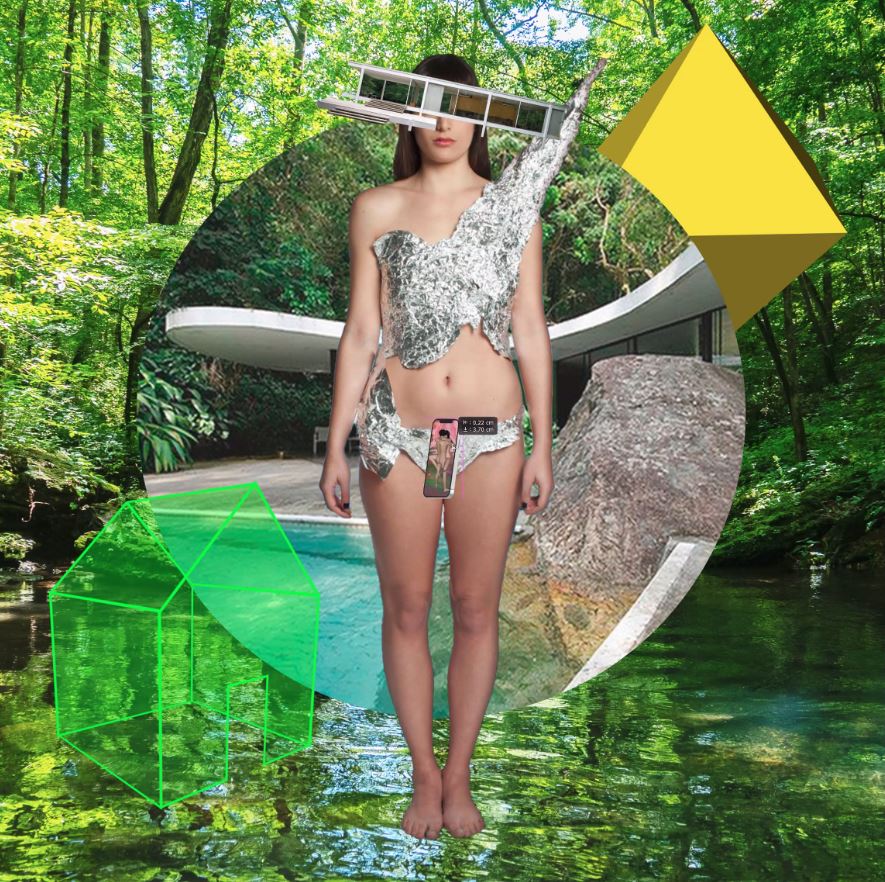
Some of the exhibition's most prominent interactions include Fenosa's 'Saint-Jean' sculpture, which dialogues with Michael Najjar's 'The Singularity' video, while the Ophelia relief finds its counterpoint in an installation interactive lation by Fabiana Barreda based on Instagram filters, offering a rich interaction between periods and artistic media.
It is not only an exhibition that pays tribute to Fenosa's work, but also introduces new and contemporary curatorial criteria. Halley's comet, which Fenosa observed as a young man thanks to the influence of the geographer Pau Vila, is a symbol of the connection between the visionary proposals of the past and the enigmas of the future, an axis that runs through the entire exhibition.
